"Mary Stuart Queen Of Scotland, Bronze Bust, Restoration Period, Ca. 1825-1830."
Mary Stuart Queen of Scots, bronze bust on Yellow Siena marble base, France, Restoration period circa 1825-1830.Mary Stuart or Mary I of Scotland (in English Mary, Queen of Scots, in Scottish Gaelic Màiri, Bànrigh na h-Alba), born December 8, 1542 and died February 8, 1587, executed on the order of the Queen of England Elizabeth I, daughter of King James V of Scotland and Marie de Guise, great-granddaughter of King Henry VII of England, was Queen of Scotland from December 14, 1542 to July 24, 1567 and, through her marriage with Francis II, Queen of France from July 10, 1559 to December 5, 1560. Became Queen of Scotland on the death of her father, when she was only six days old (under the regency of James Hamilton, Earl of Arron ), she was engaged in 1543 to Prince Edward, Prince of England, but this rapprochement with England failed. Betrothed to the dauphin François, she was raised in France from 1548 and their marriage took place in 1558. She became queen of France the following year, but François II died prematurely in 1560 and Mary returned to Scotland in 1561. Catholic queen of 'a largely Protestant country, Marie is viewed with distrust, even if she initially pursues a moderate policy. Four years after her return, she remarried a cousin, Henry Stuart. marriage from which a son was born, future king of Scotland (James VI) and England (James I). Darnley being assassinated in 1567, suspicion arose against the queen and her lover, James Hepburn, Earl of Bothwell; he having been acquitted by the courts, she married him, but was shortly afterwards imprisoned, then forced to abdicate in favor of her one-year-old son. She escaped in 1568 and tried to regain her throne with the support of her cousin Elizabeth I of England. But she perceives her as a threat, because Mary is also considered by Catholics as a legitimate heir to the throne of England. She therefore imprisoned Marie a few days after her arrival in England. After 18 years of captivity, Mary Stuart was executed in 1587, while the King of Spain Phillip II, widower of the Queen of England Mary Tudor, was preparing a major expedition against England. The precise reason for the execution was Mary's involvement in a plot against Elizabeth I, the Babington Plot. Marie Stuart is very well known because of her tragic destiny which inspired writers, composers and more recently filmmakers. She is one of the rare queens of a given state (the kingdom of Scotland), to have been simultaneously queen of another state (the kingdom of France), like Mary I of England, also queen of Spain due to her marriage to Phillip II. Mary was also a claimant to the throne of a third state, the kingdom of England.


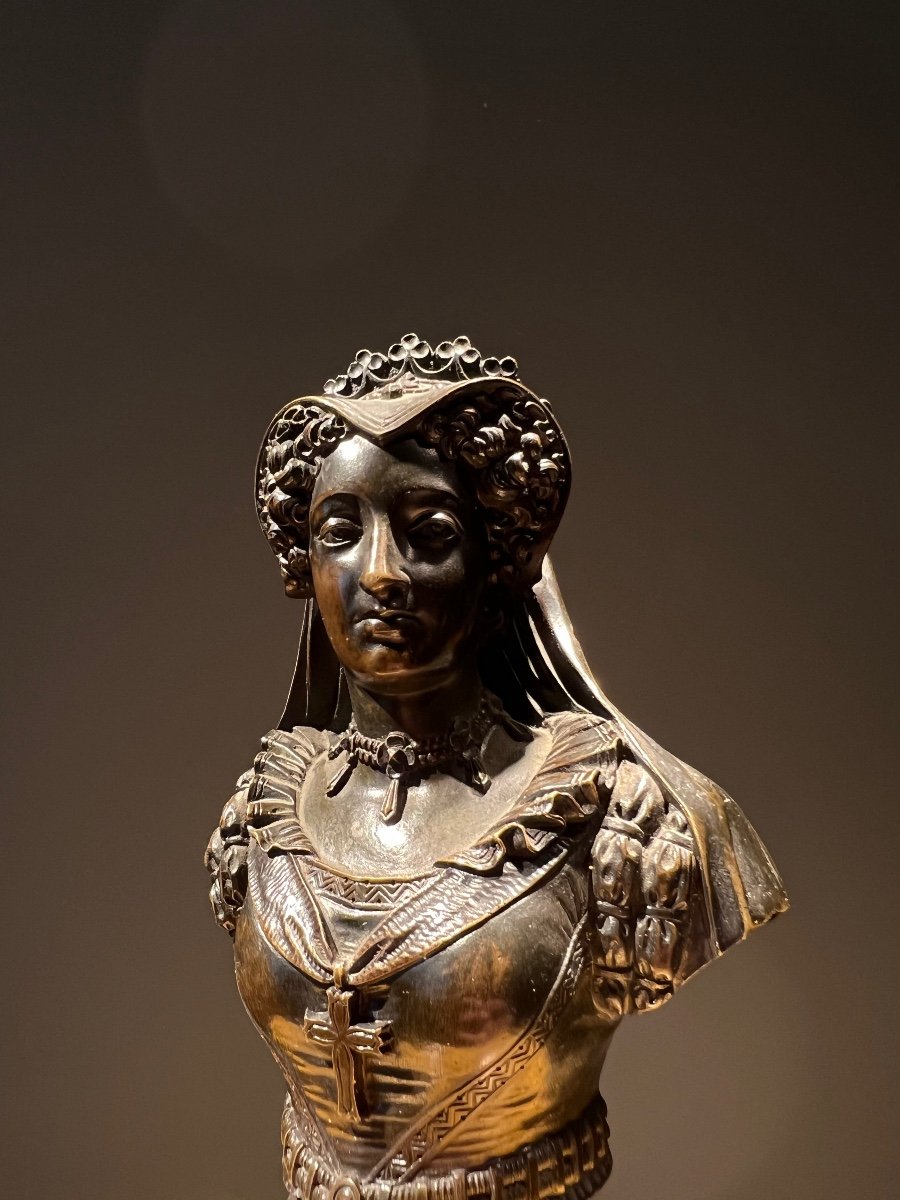

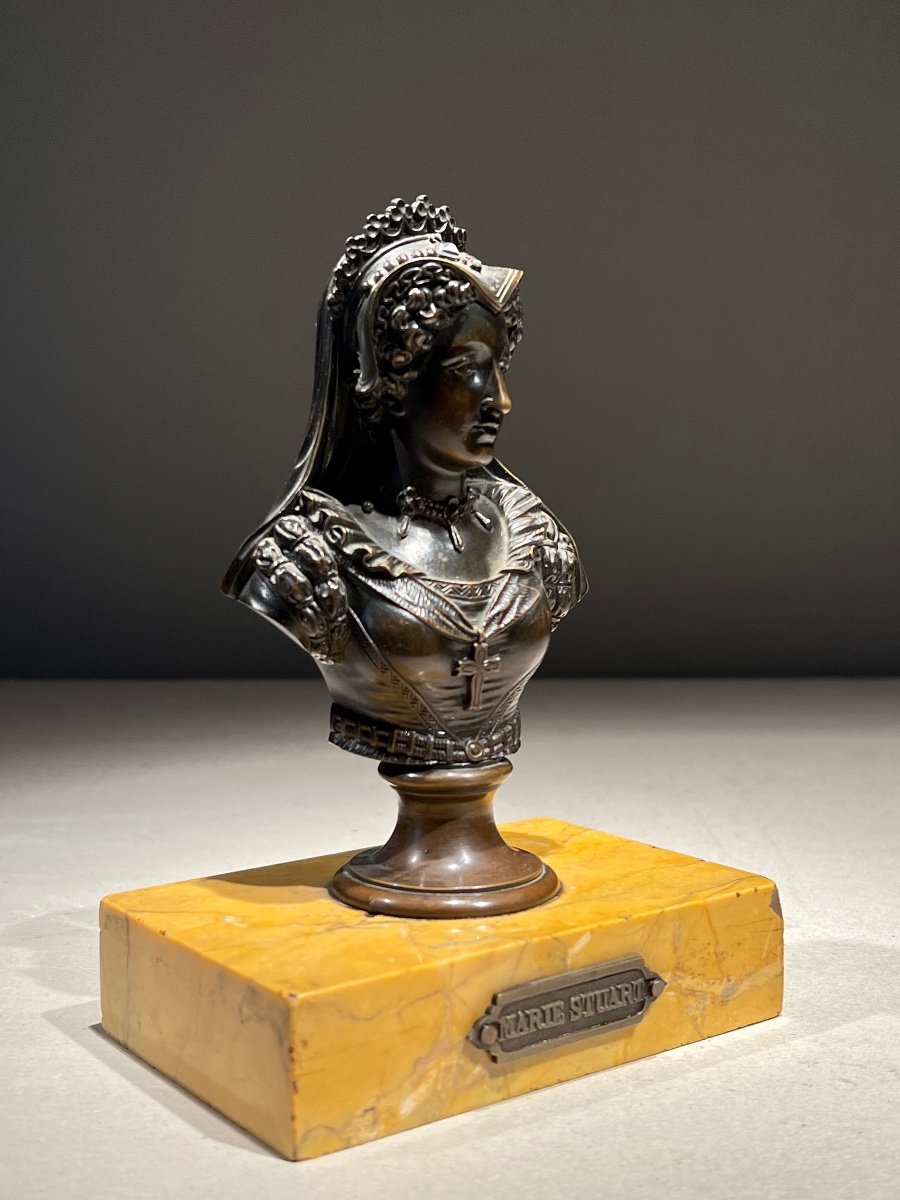
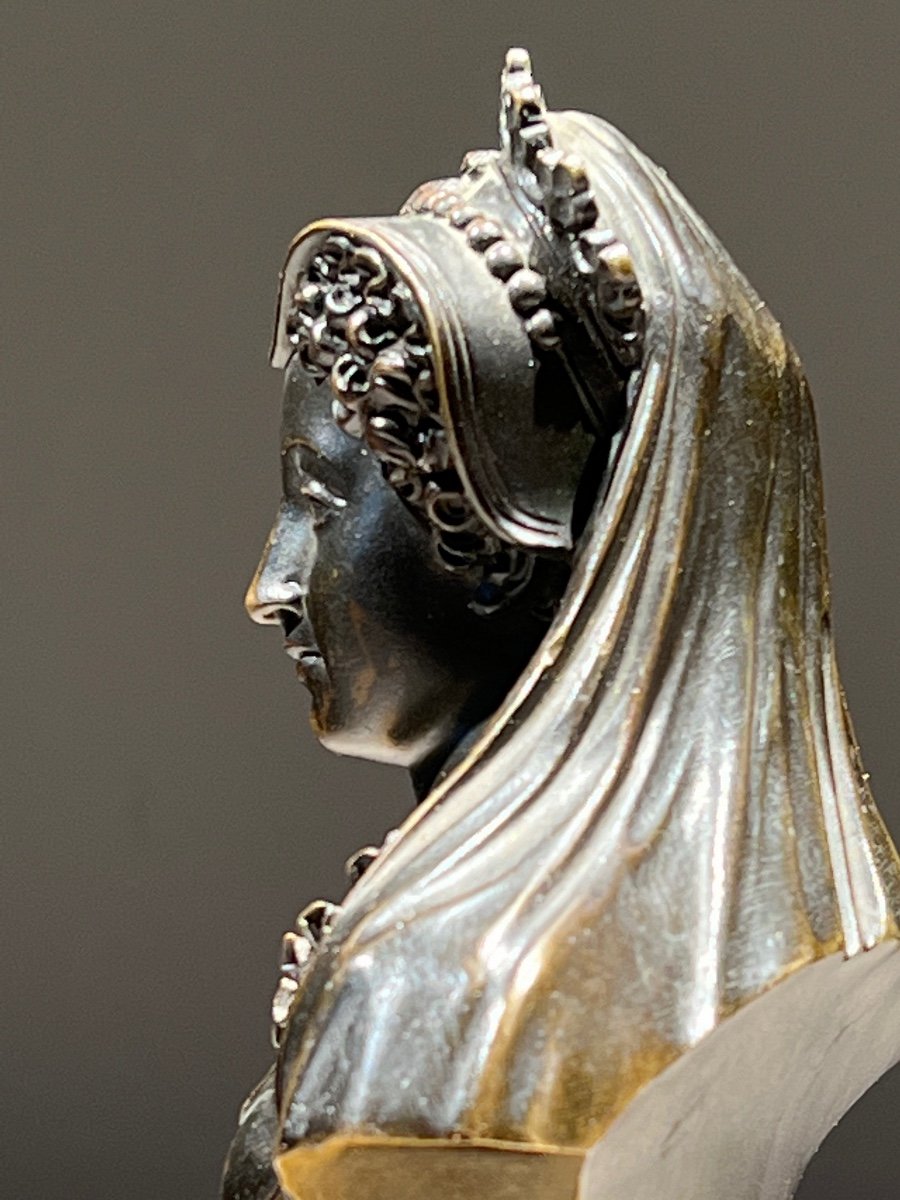
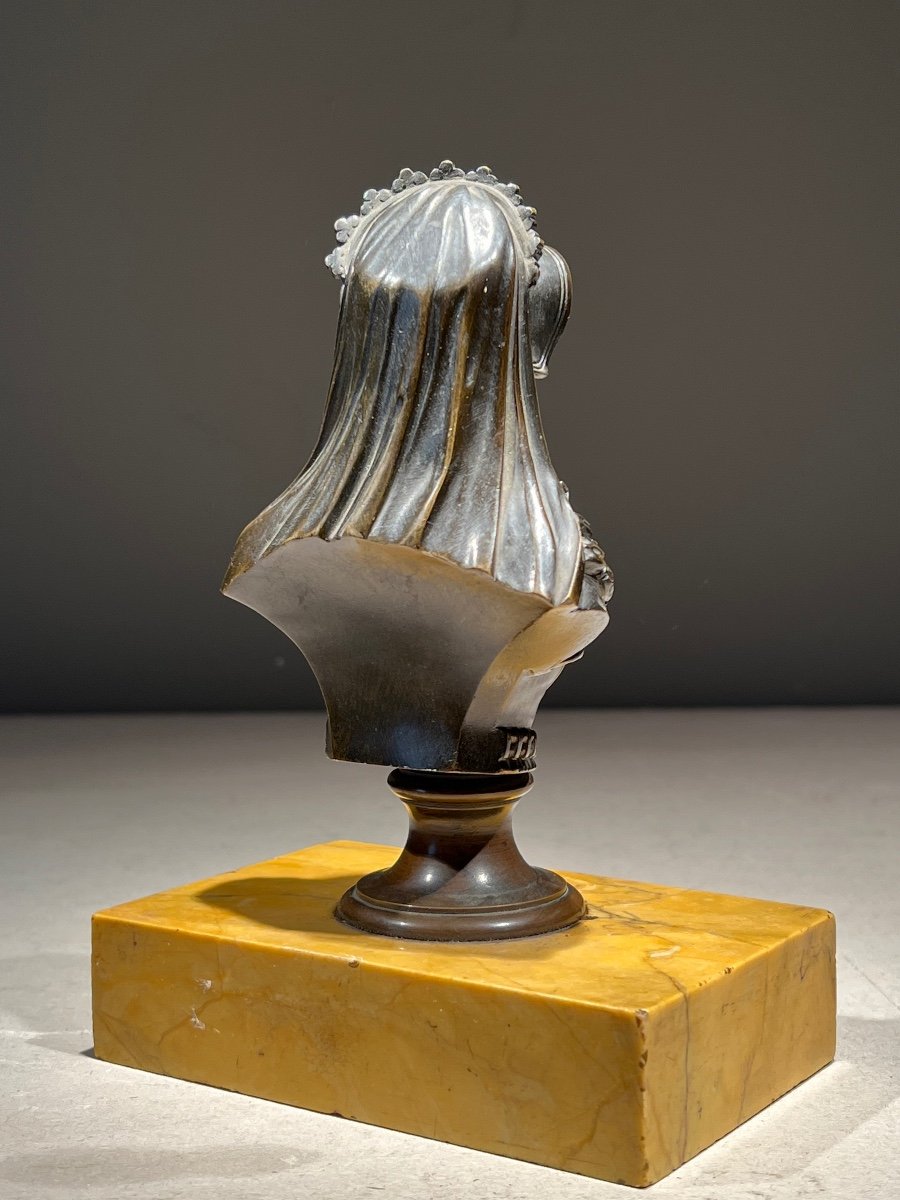



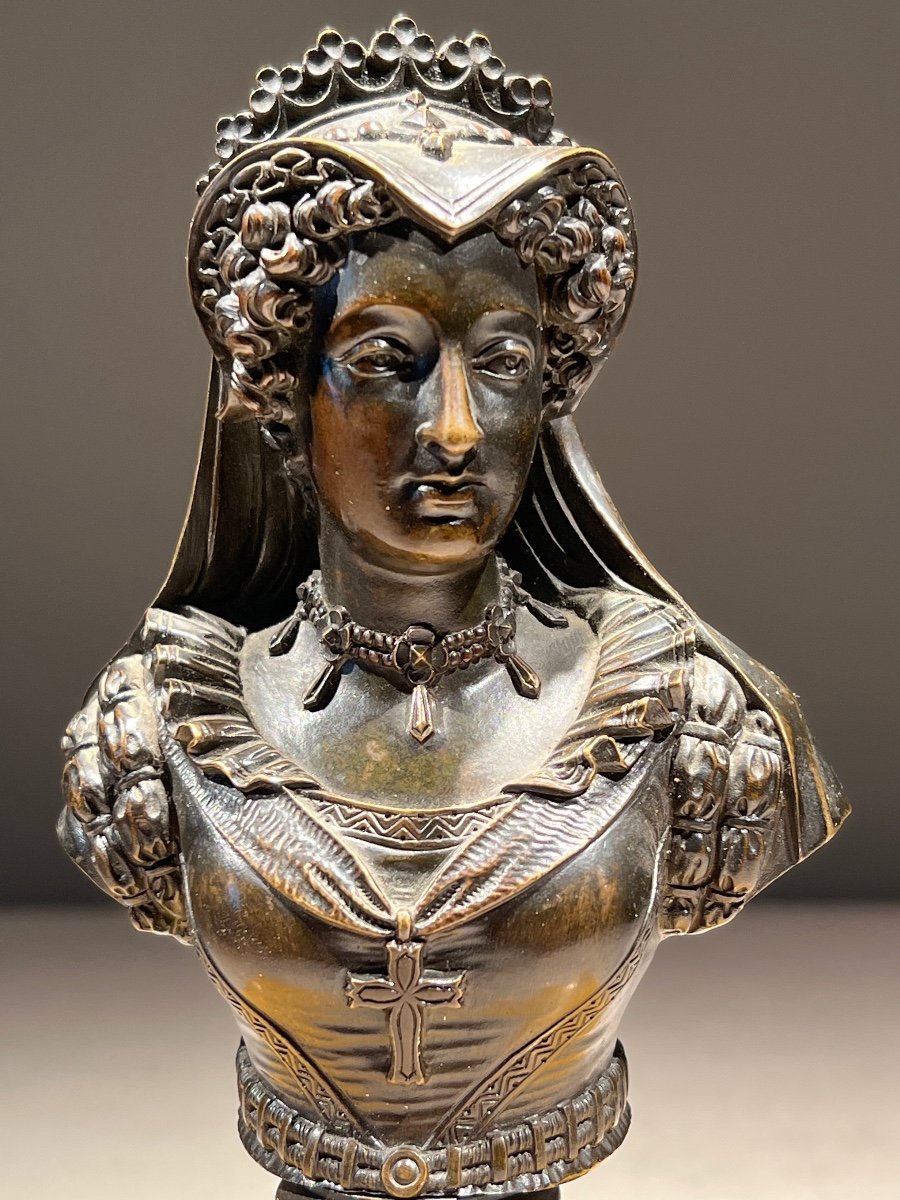










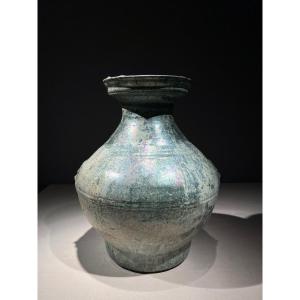
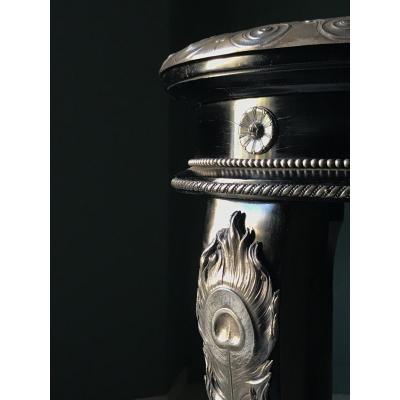
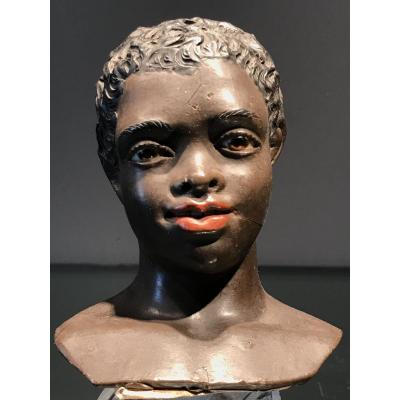
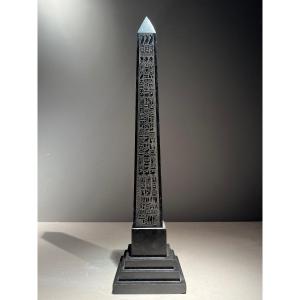


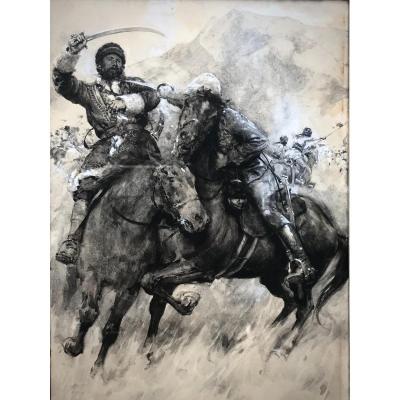
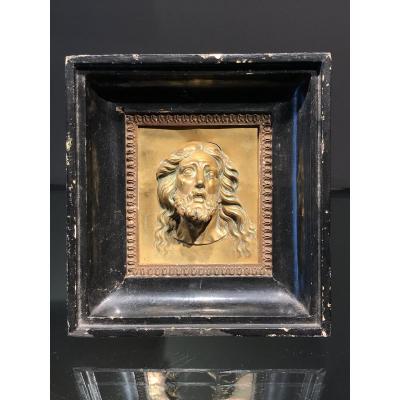
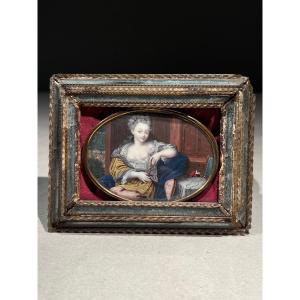




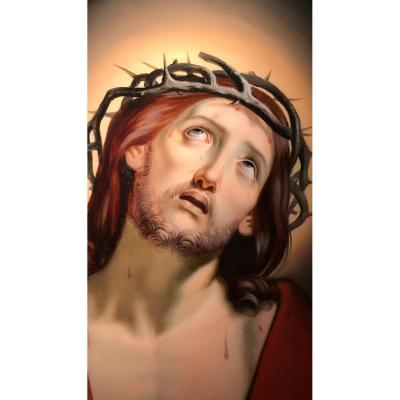
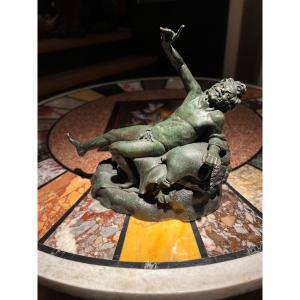
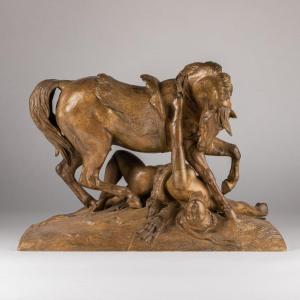
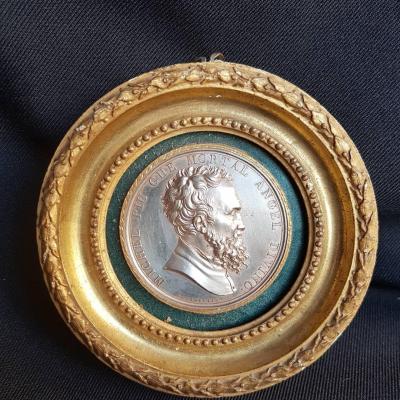
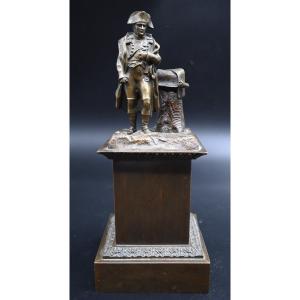
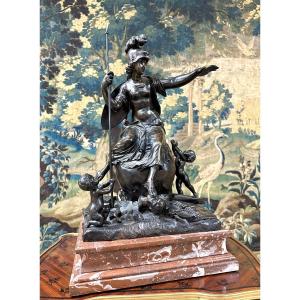
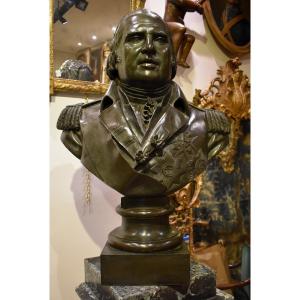




 Le Magazine
Le Magazine Rivista Artiquariato
Rivista Artiquariato TRÉSORS magazine
TRÉSORS magazine